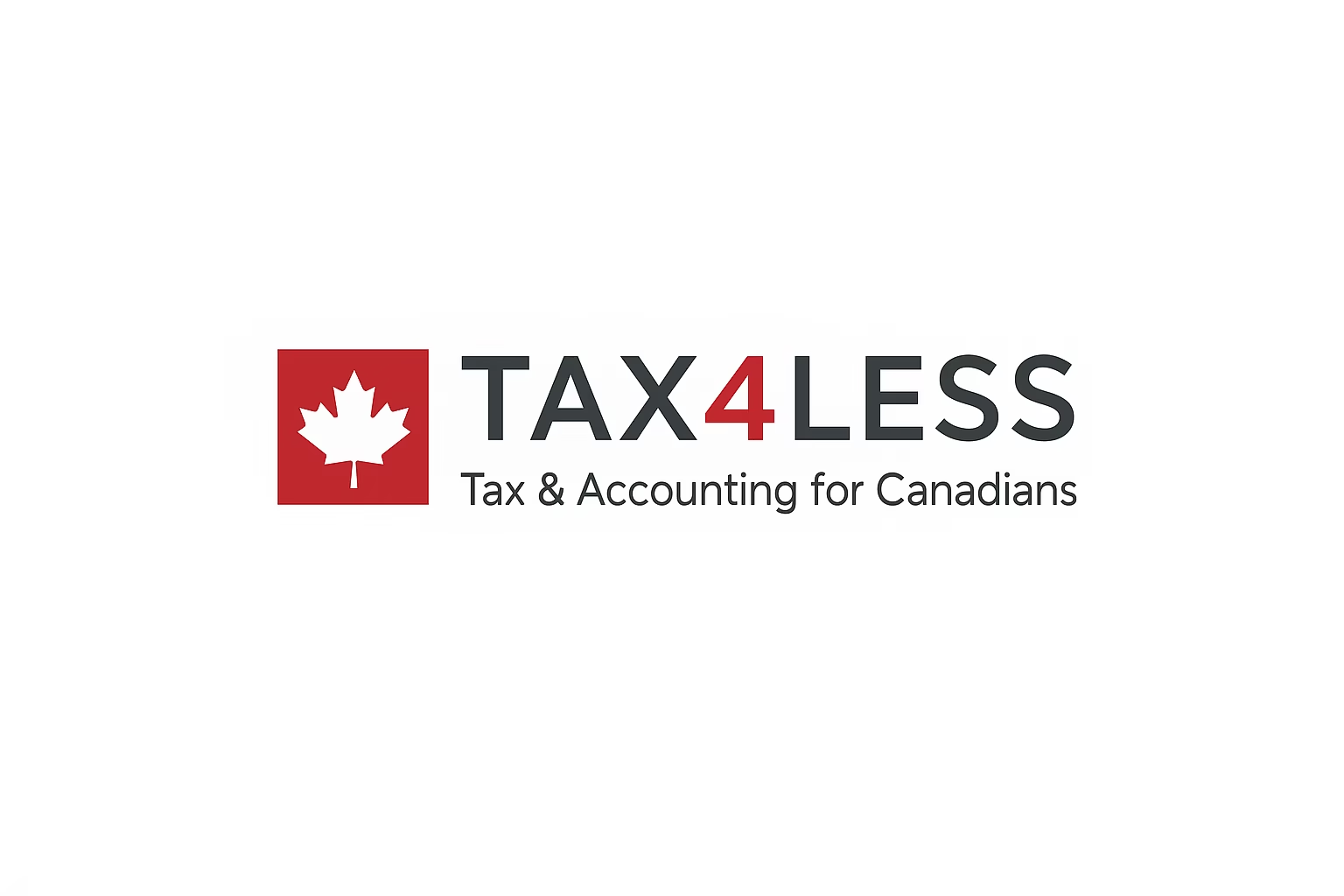Physical vs Paper Gold: Taxes, Storage, and Investment Strategies
Gold has captivated investors for centuries — a timeless store of value that stands tall when currencies falter or inflation bites. But in today’s digital age, gold ownership isn’t limited to the glittering physical bars in a vault. You can now buy, sell, or trade “paper gold” through ETFs, certificates, or mutual funds.
While both represent ownership of the same underlying metal, the way you store, trade, tax, and grow your wealth through gold can differ dramatically. Understanding the pros and cons of physical vs. paper gold — and how to combine them strategically — can transform how you preserve and grow wealth over generations.
1. Physical Gold: Tangibility, Control, and Legacy
Physical gold — coins, bars, or bullion — offers something no paper asset can: true ownership. When you hold it, there’s no intermediary, no counterparty risk. You own a real, tangible store of value that has survived wars, recessions, and financial crises.
Pros:
Direct ownership: No reliance on brokers or institutions.
Inflation hedge: Historically retains purchasing power even when fiat currencies lose value.
Privacy: Transactions can be discreet and not always reported to financial authorities.
Legacy planning: Can be easily passed to heirs as part of generational wealth.
Cons:
Storage costs: Secure vaults or insured home safes can cost 0.5–1.5% of value annually.
Liquidity: Selling large bars can take time and require verification.
Premiums: Physical coins and small bars often include dealer markups.
Risk of loss or theft: Without insured storage, physical possession carries risk.
Storage Options:
Home safes: Suitable for small investors; ensure insurance coverage.
Bank safe deposit boxes: Secure but limited accessibility during bank hours.
Private vaults or custodians: Best for significant holdings, offering auditing and transfer flexibility.
Some investors start with small bars or coins, then later convert smaller units into larger bars to reduce storage costs and premiums — a smart long-term optimization strategy.
2. Paper Gold: Accessibility, Liquidity, and Trading
“Paper gold” refers to financial instruments that track the price of gold without physical delivery — such as ETFs (like SPDR Gold Shares), mutual funds, or gold futures.
Pros:
High liquidity: Easily bought and sold during market hours.
Low transaction costs: No storage, insurance, or transportation expenses.
Diversification: Enables fractional exposure without needing vaults or safes.
Ease of trading: Perfect for tactical moves, such as taking profits at market peaks or buying dips.
Cons:
Counterparty risk: You rely on the fund’s or issuer’s solvency and custodial transparency.
No physical claim: Most paper gold investors cannot redeem for real bullion.
Taxed as securities: Gains may be taxed as capital gains or ordinary income, depending on jurisdiction.
Emotional disconnect: You don’t “own” gold — you own exposure.
Paper gold is ideal for short- to medium-term trading, hedging market volatility, or layering exposure during accumulation phases.
Savvy investors use paper gold to ride price waves, selling portions at peak levels, then re-entering at lower points to average their overall acquisition cost — a strategy unavailable to those who hold only physical gold.
3. Taxes and Wealth Planning
Tax implications differ significantly between physical and paper gold:
Physical Gold Taxes:
In Canada, physical gold is generally treated as a capital asset, meaning 50% of gains are taxable when sold.
Gains must be calculated based on your adjusted cost base (ACB) — so accurate record-keeping is essential.
When held within a corporation, physical gold can be managed for tax efficiency, deferring or minimizing personal liability.
Consult a tax advisor to explore transferring personal holdings into a corporation — ensuring compliance, proper documentation, and valuation.
Paper Gold Taxes:
ETFs or funds are typically taxed like stocks.
Short-term trades may incur higher taxes than long-term capital gains.
Dividends or distributions (if any) are also taxable in the year received.
Tip: Before selling, always consult your advisor on how to time sales for optimal tax outcomes — especially during fiscal year-end or portfolio rebalancing.
4. Combining Physical and Paper Gold for Optimal Strategy
Rather than choosing one or the other, many investors benefit from a hybrid approach:
Physical gold for long-term wealth preservation
Paper gold for liquidity and tactical trading
Example Portfolio:
| Objective | Type of Gold | Allocation | Benefit |
|---|---|---|---|
| Generational wealth & privacy | Physical bullion | 60% | Tangible inheritance, stable hedge |
| Tactical trading & rebalancing | Paper gold ETFs | 30% | Easy to sell and repurchase during swings |
| Emergency liquidity | Gold savings accounts or certificates | 10% | Quick access without liquidation hassles |
This combination enables you to capitalize on price peaks by trimming paper gold exposure, while maintaining core physical holdings untouched — ensuring long-term security and growth.
5. Trading vs Long-Term Holding
While long-term holding is the foundation of gold investing, periodic trading can enhance returns.
Averaging strategies — buying more during dips and trimming at highs — can outperform simple buy-and-hold methods.
For instance, during price surges, investors might:
Sell a portion of paper gold ETFs to lock in gains.
Use proceeds to upgrade physical holdings (e.g., converting 1 oz coins into 10 oz or 1 kg bars).
This approach not only compounds gains but also reduces future storage costs.
6. Corporate Ownership and Estate Planning
Holding gold through a corporation or family trust can offer:
Tax planning benefits: Income splitting or deferral opportunities.
Succession control: Shares can be passed to heirs instead of physical bars.
Director flexibility: Adding or removing directors allows shared oversight.
Asset protection: Corporate vault storage separates personal liability from business holdings.
When structured properly, this method can transform gold into a generational wealth vehicle, seamlessly transferring assets to children and grandchildren while minimizing probate issues.
7. Passing Gold to the Next Generation
Gold transcends time — and so can your gold strategy. By documenting purchases, valuations, and storage locations, families can ensure a smooth transition of wealth.
Physical gold, especially in bar or coin form, can symbolize stability, security, and legacy.
Consider holding larger bars in audited vaults with corporate or family trust ownership, making succession planning seamless.
Final Thoughts
Whether you choose physical, paper, or both, gold remains a cornerstone of diversified wealth strategy.
The key is balance:
Hold physical gold for security and legacy,
Trade paper gold for tactical growth and liquidity,
And always factor in tax efficiency and storage logistics.
Above all, consult your financial and tax advisors before making structural changes — such as transferring assets to a corporation or vault custodian — to ensure compliance and maximize long-term wealth preservation.
Gold isn’t just a metal; it’s a bridge between today’s markets and tomorrow’s generations.

 Previous Post
Previous Post